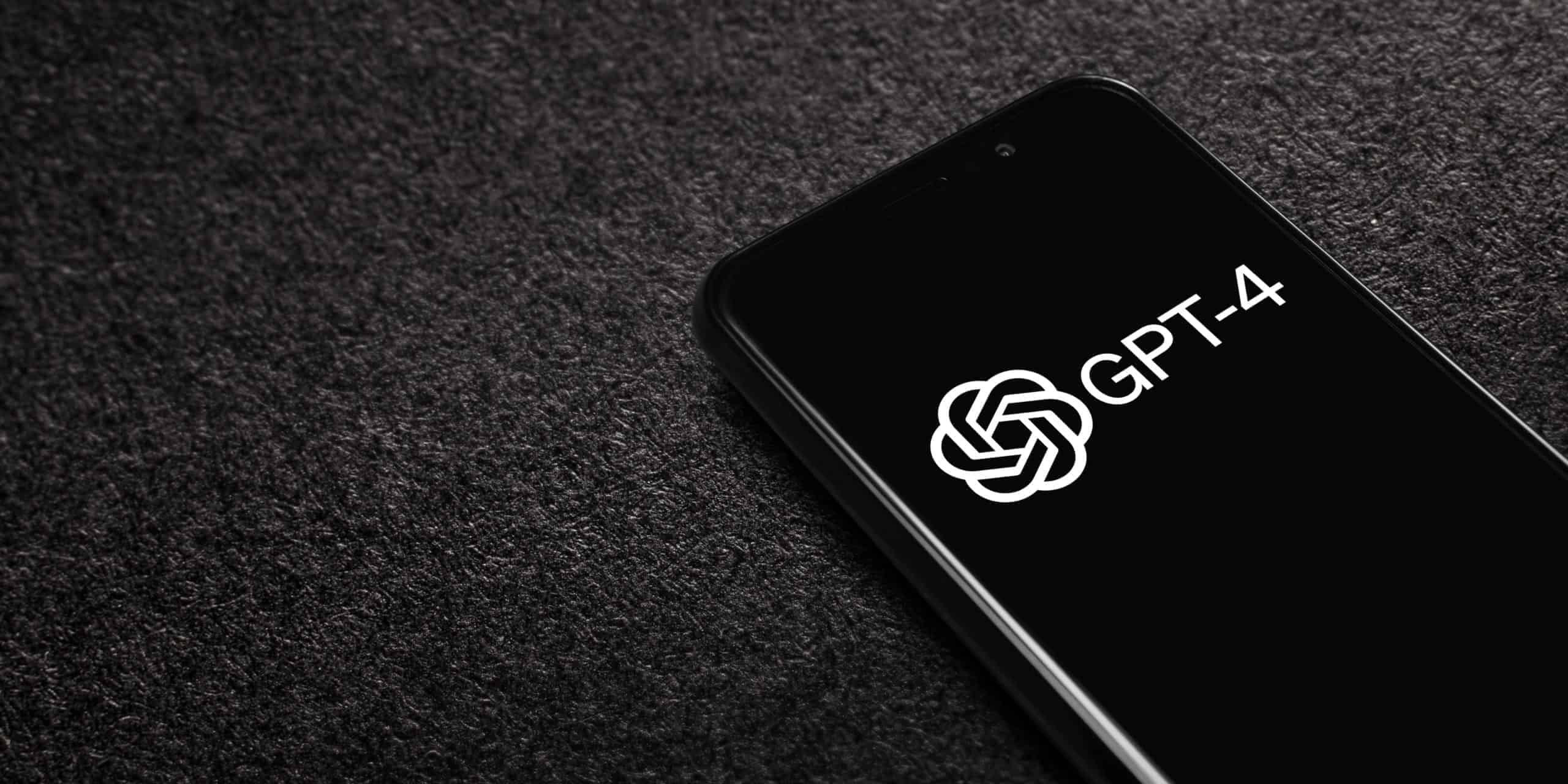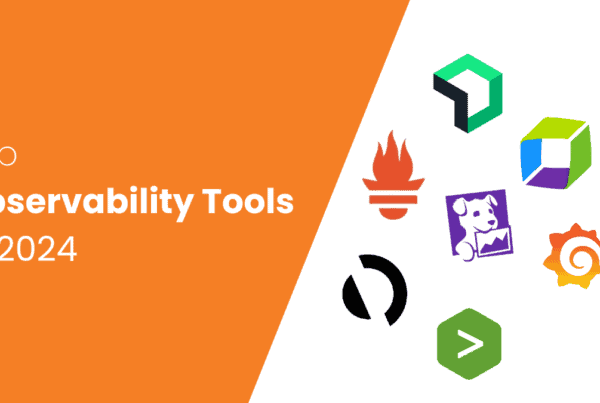
OpenAI has recently released Chat GPT 4, a new version of its conversational AI model that claims to be more accurate, creative, and collaborative than its predecessor, Chat GPT 3.5.
In this blog post, we will compare the two models and see how they fare against Google Bard, a denoising sequence-to-sequence pre-training model for natural language generation, translation, and comprehension.
What is Chat GPT?
Chat GPT is a chatbot that can interact in a natural and engaging way with users. It is built on top of OpenAI’s GPT family of large language models (LLMs) that can understand and generate natural language or code. Chat GPT is trained using both supervised and reinforcement learning techniques, where human AI trainers provide feedback and guidance to improve the model’s behavior.
Chat GPT can answer follow-up questions, admit errors, dispute wrong premises, and decline inappropriate requests. It can also generate, edit, and iterate with users on creative and technical writing tasks, such as composing songs, writing screenplays, or learning a user’s writing style. If you are a marketer, ChatGPT can help you with your digital marketing campaigns. You can leverage ChatGPT in SEO for keyword research and analysis, content optimization, creating meta titles and descriptions, and much more.
What are the differences between Chat GPT 4 and Chat GPT 3.5?
Chat GPT 4 is an improved version of Chat GPT 3.5 that leverages more data and more computation to create increasingly sophisticated and capable language models. It is fine-tuned from a model in the GPT-4 series, which finished training in early 2023.
Chat GPT 4 is also more creative and collaborative than ever before. Because of its better general knowledge and advanced thinking ability, it can answer challenging issues with more accuracy.
Geoffrey Hinton, a pioneer of deep learning and neural networks, appreciates this by saying “ChatGPT 4 is a game-changer for natural language generation and understanding. It’s the closest thing to having a real conversation with a machine.”
Some of the features that distinguish Chat GPT 4 from Chat GPT 3.5 are:
- Creativity: Chat GPT 4 can generate novel and diverse responses that are relevant to the context and the user’s intent. It can also handle visual input (coming soon) and generate images given a natural language prompt (by someone describing what they want for the image and typing it in).
- Visual input: Chat GPT 4 can accept images as input and provide captions or descriptions for them. It can also use images as references for generating text or other images.
- Longer context: Chat GPT 4 can maintain longer conversations and remember more details from previous activities. It can also handle numerous topics and effortlessly switch between them.
- Safety and alignment: Chat GPT 4 is trained with more human feedback, including feedback submitted by Chat GPT users, to improve its safety and alignment with human values. It is also less likely to reply to requests for prohibited content (i.e. racist, sexist, etc.) or create less factual errors than Chat GPT 3.5.
What is Google Bard?
Google Bard is an ongoing experimental AI chat service that aims to facilitate conversational interactions. It operates on a large language model (LLM) that has been extensively trained on a vast amount of text and code. Bard possesses the ability to generate text, translate languages, create diverse forms of creative content, and provide informative responses to inquiries. While still in the developmental phase, Bard has acquired proficiency in numerous tasks, including:
- Executing instructions and fulfilling requests considerately.
- Furnishing comprehensive and informative answers, even when faced with open-ended, challenging, or peculiar questions.
- Crafting various types of creative textual compositions such as poems, code, scripts, musical pieces, emails, letters, and more.
It is important to note that Bard is currently undergoing development, which means it might occasionally yield responses that are either inaccurate or unsuitable. Nevertheless, as a potent tool, Bard can be employed for a wide range of purposes, including:
- Acquiring new knowledge and insights.
- Generating innovative content.
- Resolving problems.
- Facilitating communication with others.
The availability of Bard extends to three languages: English, Japanese, and Korean. Presently, it is accessible in over 180 countries and territories.
How does Chat GPT compare to Google Bard?

ChatGPT and Google Bard are both large language models (LLMs) that are trained on a massive dataset for text and code. They can both generate text, translate languages, write different kinds of creative content, and answer your questions in an informative way. However, there are some key differences between the two models.
Data Sources
ChatGPT is trained on a dataset of text and code that was collected before 2022. Google Bard, on the other hand, is trained on a dataset of text and code that is continually being updated. This means that Google Bard has access to the latest information and research, while ChatGPT may be limited to older data.
Model Architecture
ChatGPT is based on the GPT-4 model, while Google Bard is based on the LaMDA model. The GPT-4 model is a newer model that is designed to be more conversational and informative. We can say that ChatGPT with GPT 4 is way ahead of Bard in terms of natural language generation equality and diversity while surpassing it in terms of conversational ability and user experience.
Availability
ChatGPT is currently available to anyone who wants to use it. Google Bard, on the other hand, is still in beta testing and is only available to a limited number of users.
The Winner Is…
Both ChatGPT and Google Bard are powerful LLMs that can be used for a variety of purposes. Google Bard may be a better choice for those who need access to the latest information and research, but ChatGPT 4 is better in all the other areas.
ChatGPT 4 is the most advanced system for conversational AI that offers safer and more useful responses than ever before. It also exceeds the performance of other natural language models while providing a better chatbot experience for users.
References:
- http://openai.com/product/gpt-4
- https://openai.com/
- https://openai.com/blog/chatgpt
- https://platform.openai.com/docs/models/gpt-3-5
- https://en.wikipedia.org/wiki/ChatGPT
- https://www.bart.gov/
- https://arxiv.org/abs/1910.13461
- https://paperswithcode.com/method/bart
- https://huggingface.co/transformers/v2.11.0/model_doc/bart.html



